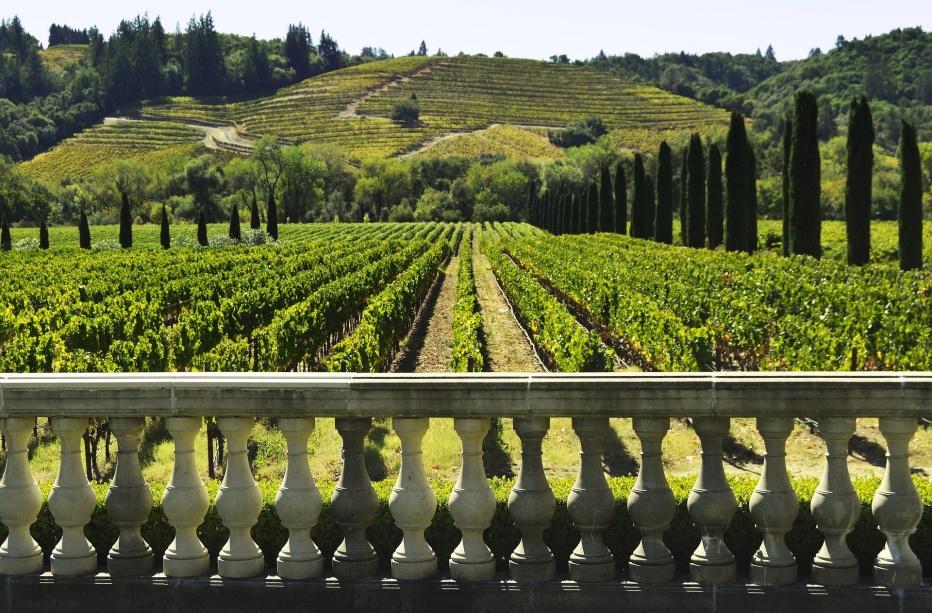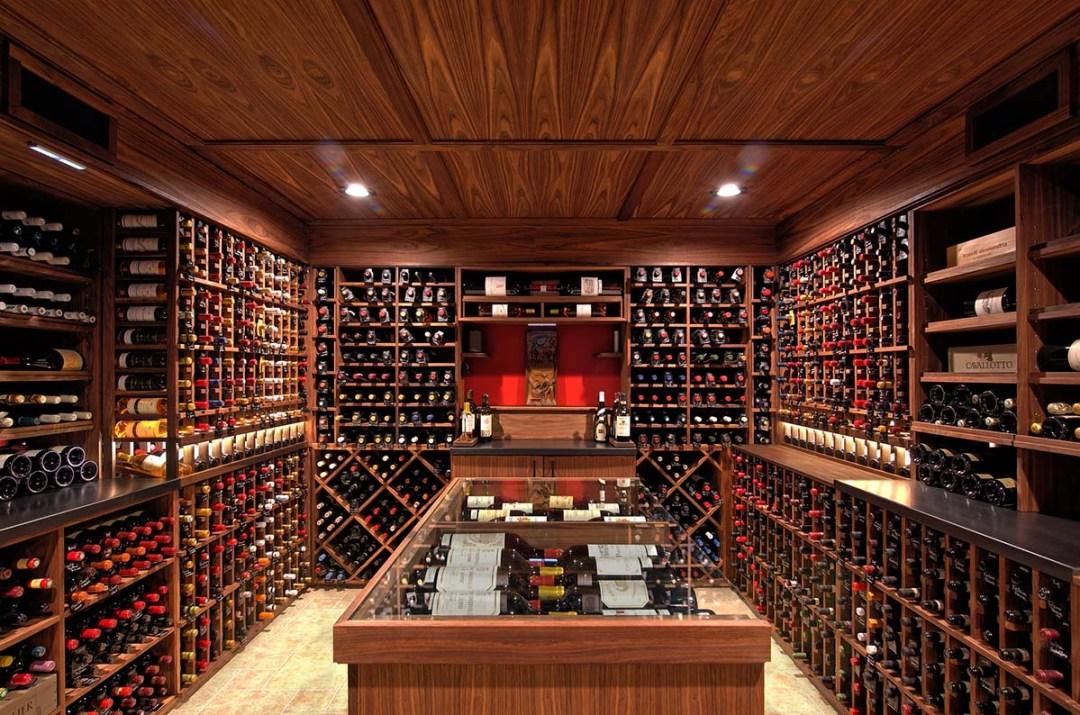People can use many different types of investments to grow their savings.
Most are familiar with stocks, bonds, mutual funds, exchange-traded funds (ETFs) and real estate investment trusts (REITs). Savings and money-market accounts, bank certificates of deposit, U.S. Treasury bills, notes and bonds as well as U.S. Savings Bonds.
You can invest in cattle, hogs and grains as well as futures for all of these categories. Some people invest in cryptos like Bitcoin, real estate, rental housing and even collectibles.
But how many are aware they can invest in fine wine? It’s not easy to define the term fine wine. Some say it’s made by the highest quality producers from their own unique geographic regions. Others define it as wine that has an active secondary market.
Maybe you’ve visited homes with wine cellars or wine rooms. Many kitchens today have wine racks. Folks who purchase and store large numbers of wine bottles don’t do so only for their own personal enjoyment — although many open a bottle or two on special occasions or simply when they feel like it. Those who purchase bottles of fine wine may even be able to purchase insurance for their investments through their homeowners insurance provider.

A vineyard in Sonoma Valley, California, courtesy of lovetoeatandtravel.com
The London International Vintners Exchange (Liv-ex) is the benchmark index of the fine wine market. This index has recorded a 270% increase in the value of fine wine from July 2001 to July 2021. There are also other wine exchanges that have recorded exceptional returns— the Cult Wines index has witnessed a 205.74% increase in the value of fine wine since October 2009. Vint reports that for over 121 years fine wine has appreciated in value by 8.5% annually.

A personal wine cellar offered by Summit Wine Cellars
Probably the easiest way to invest in wine is through companies like Vinovest and Vint —
Through Vinovest, an investor can purchase portfolios of wine. Vinovest will store the wine for you — in an insured storage facility — or ship it to you. Investors can buy and sell bottles whenever they want.
Vint allows investors to purchase securitized shares of wine that the company stores. Vint sells the wine when its experts feel the time is right.
Wine offers investors the opportunity to diversify their portfolios into areas that are not necessarily affected by the regular ups and downs of the economy. Fine wine has a proven track record of consistent regular investment returns. Investors can store their wine purchases in their own homes — in their personal wine cellars, rooms, closets or kitchens — or they can have the companies through which they purchased the wine store it for them. Securitized shares of wine portfolios can also be purchased, much like investing in equities traded on the stock market.
Most are familiar with stocks, bonds, mutual funds, exchange-traded funds (ETFs) and real estate investment trusts (REITs). Savings and money-market accounts, bank certificates of deposit, U.S. Treasury bills, notes and bonds as well as U.S. Savings Bonds.
You can invest in cattle, hogs and grains as well as futures for all of these categories. Some people invest in cryptos like Bitcoin, real estate, rental housing and even collectibles.
But how many are aware they can invest in fine wine? It’s not easy to define the term fine wine. Some say it’s made by the highest quality producers from their own unique geographic regions. Others define it as wine that has an active secondary market.
Maybe you’ve visited homes with wine cellars or wine rooms. Many kitchens today have wine racks. Folks who purchase and store large numbers of wine bottles don’t do so only for their own personal enjoyment — although many open a bottle or two on special occasions or simply when they feel like it. Those who purchase bottles of fine wine may even be able to purchase insurance for their investments through their homeowners insurance provider.
A vineyard in Sonoma Valley, California, courtesy of lovetoeatandtravel.com
Why wine?
Wine offers investment diversification that isn’t necessarily tied to the ups and downs of the stock and bond markets. But wine prices vary depending on local weather conditions at the vineyards where the grapes are grown, harvest yields and consumer demand for the vintage.Returns on Wine Investments
When there is a limited supply of wine, like wines from the Burgundy and Bordeaux regions of France, the value will continue to increase.The London International Vintners Exchange (Liv-ex) is the benchmark index of the fine wine market. This index has recorded a 270% increase in the value of fine wine from July 2001 to July 2021. There are also other wine exchanges that have recorded exceptional returns— the Cult Wines index has witnessed a 205.74% increase in the value of fine wine since October 2009. Vint reports that for over 121 years fine wine has appreciated in value by 8.5% annually.
How Do You Purchase Wine for Investing?
An investor can certainly buy wine at their local wine shop, but there’s a very small percentage of investment-grade fine wine in grocery and liquor stores. Bottles can be purchased directly from vineyards. More expensive fine wine can be obtained through wine auctions facilitated by such reputable firms as Christie’s and Sotheby’s.A personal wine cellar offered by Summit Wine Cellars
Probably the easiest way to invest in wine is through companies like Vinovest and Vint —
Through Vinovest, an investor can purchase portfolios of wine. Vinovest will store the wine for you — in an insured storage facility — or ship it to you. Investors can buy and sell bottles whenever they want.
Vint allows investors to purchase securitized shares of wine that the company stores. Vint sells the wine when its experts feel the time is right.
Wine offers investors the opportunity to diversify their portfolios into areas that are not necessarily affected by the regular ups and downs of the economy. Fine wine has a proven track record of consistent regular investment returns. Investors can store their wine purchases in their own homes — in their personal wine cellars, rooms, closets or kitchens — or they can have the companies through which they purchased the wine store it for them. Securitized shares of wine portfolios can also be purchased, much like investing in equities traded on the stock market.
